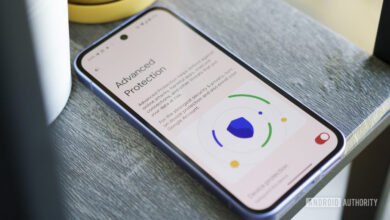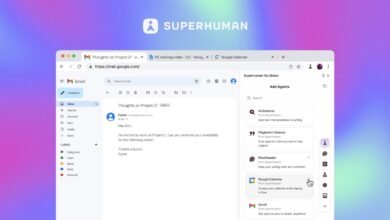Google’s AI Ransomware Defense Has Critical Limits

▼ Summary
– Google launched new AI-based ransomware protection for its Drive for desktop apps to quickly detect threats and halt cloud syncing to prevent infection spread.
– The feature acts as an additional defense layer, using an AI model trained on millions of ransomware-encrypted files to detect and contain suspected ransomware in real time.
– For enterprise Google Workspace customers, it protects files of any format in Drive for desktop and allows easy restoration of encrypted or corrupted data.
– The protection is designed to work with Google’s existing malware monitoring tools in Drive, Chrome, and Gmail, developed by its antivirus software team.
– Limitations include its reliance on Drive for desktop usage, inapplicability to files not stored in Drive, and the fact that it is a treatment rather than a cure for ransomware threats.
For organizations navigating the persistent danger of ransomware, Google’s new AI-powered defense for its Drive for desktop application offers a promising layer of protection. This feature is engineered to identify ransomware behavior in real-time and immediately halt cloud synchronization, aiming to prevent a localized infection from spreading to an entire cloud repository. While traditional ransomware that encrypts files remains a widespread problem, this tool represents a significant step in proactive threat containment.
The system functions as a supplementary security measure, working alongside existing antivirus scanners. Its core is an artificial intelligence model trained by analyzing millions of files that were previously encrypted by various ransomware families. The objective is rapid detection and isolation of suspicious activity directly within the desktop Drive application. For businesses subscribed to Google Workspace, this capability is a valuable asset. It safeguards files of all types stored in the desktop client and provides a straightforward mechanism for users to restore any data that becomes encrypted or damaged.
“The truly innovative aspect is performing that real-time detection and swiftly stopping the sync process to limit the impact,” explains Jason James, a product manager for Google Workspace. “Our customers made it clear this was their primary need. The challenges were immense, checking every file with speed and precision for a global user base numbering in the billions.”
This new protection was developed by Google’s core antivirus team and is designed to integrate with the malware monitoring already present in Drive, Chrome, and Gmail. James describes the feature as filling a critical gap, stating, “The most impressive part for me is combining this AI-based method for spotting ransomware behavior with concrete data protection for the user, which minimizes the harm. We view it as an essential safety net that was previously missing.”
However, the tool comes with some clear and inherent limitations. Its utility is entirely dependent on an organization using the Drive for desktop application in the first place, a significant consideration given Microsoft’s continued dominance in the enterprise software market. Furthermore, the application is only for Windows and Mac computers. If a ransomware attack is corrupting digital files stored outside of the designated Drive folder, Google’s system has no visibility and cannot trigger a defense.
It is also important to note that other major cloud storage services, including Microsoft’s OneDrive and Dropbox, provide comparable ransomware detection and file restoration features. While these detection and response capabilities are vital for deterring cybercriminals and helping victims avoid paying ransoms, the specific benefits and constraints of each solution underscore a broader truth: there is still no single, all-encompassing cure for the ransomware threat.
(Source: Wired)




